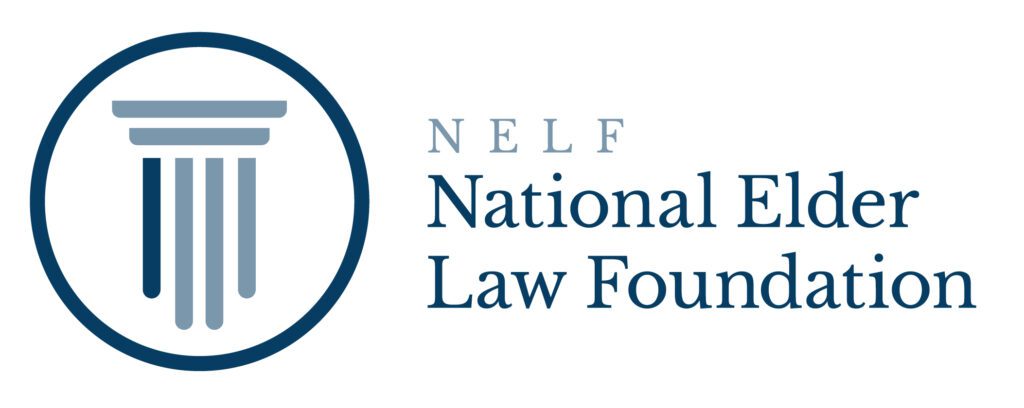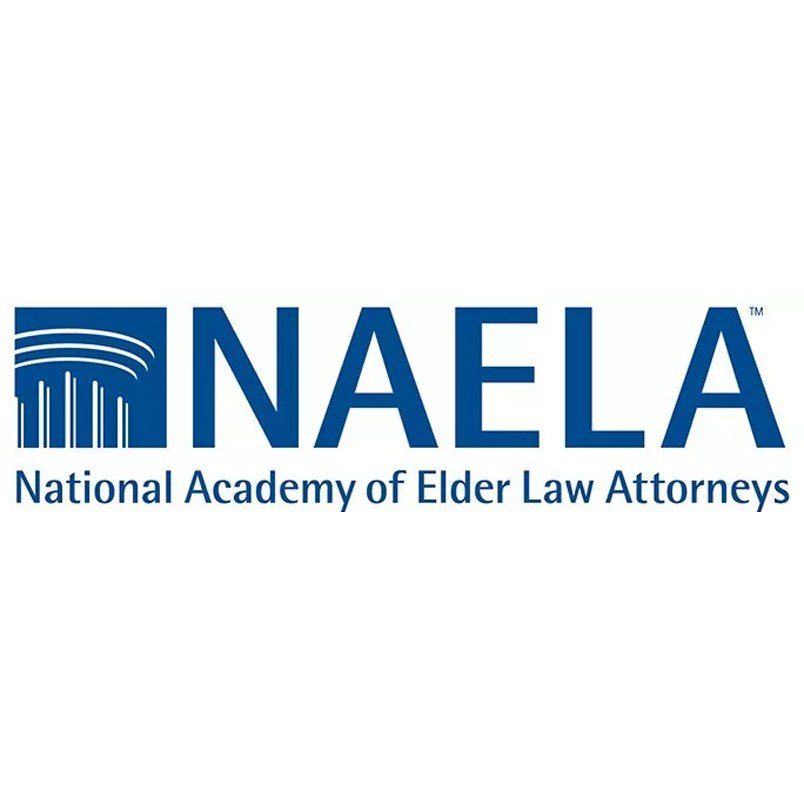Long-term care can be very expensive. Can you deduct the costs on your income tax return?
What is Long-Term Care?
“Long-term care” refers to the ongoing personal assistance you need when you have a prolonged physical illness, disability or severe cognitive impairment (such as Alzheimer’s disease). It may involve help carrying out basic self-care tasks, such as bathing, dressing or eating, which are called “Activities of Daily Living” (ADLs). And you may need assistance with “Instrumental Activities of Daily Living” (IADLs), including meal preparation, money management, house cleaning, medication management, and transportation.
The long-term supportive care may be provided in various settings including the care recipient’s home, a personal care facility, or a nursing home.
Long-term care is expensive. The cost can quickly wipe out the financial resources of the care recipient.. Being able to deduct the cost of care to reduce income tax liability can help preserve funds and extend the taxpayer’s ability to meet future needs.
Are Long-Term Care Expenses Tax Deductible?
Section 213 of the Internal Revenue Code allows for the deduction of unreimbursed medical expenses paid by a taxpayer for himself, spouse, and dependents to the extent that the expenses exceed 10% of the taxpayer’s adjusted gross income. Medical expenses are somewhat broadly defined to include costs like dental expenses, medical equipment and supplies, the premiums you pay for insurance that covers the expenses of medical care, and the amounts you pay for transportation to get medical care. Medical expenses are not deductible if they are reimbursed by insurance.
You can generally deduct medical expenses either when the services were provided or when you paid for them. If the care recipient has died IRC 203(c) allows medical expenses which are paid out of the taxpayer’s estate within a year of death to be treated as paid by the taxpayer at the time incurred.
Medical expenses generally include the unreimbursed cost of care in a hospital or skilled nursing facility if a principal reason for being there is to get medical care. This includes the cost of meals and lodging.
But what about expenses incurred for long-term care provided by non-medical personnel at the recipient’s home or in a personal care home or assisted living facility? Can these expenses be deducted? The answer may be yes, depending on the situation and the taxpayer’s compliance with certain requirements of the Internal Revenue Code.
Section 322 of the 1996 Health Insurance Portability and Accountability Act (HIPAA) allows taxpayers to include amounts paid for “qualified” long-term care services (QLTCS) as deductible medical expenses.
What Are Qualified Long-Term Care Services (QLTCS)?
QLTCS are defined in Internal Revenue Code Section 7702B(c) as follows:
(c)Qualified long-term care services For purposes of this section—
(1)In general The term “qualified long-term care services” means necessary diagnostic, preventive, therapeutic, curing, treating, mitigating, and rehabilitative services, and maintenance or personal care services, which—
(A) are required by a chronically ill individual, and
(B) are provided pursuant to a plan of care prescribed by a licensed health care practitioner.
(2)Chronically ill individual
(A)In general The term “chronically ill individual” means any individual who has been certified by a licensed health care practitioner as—
(i) being unable to perform (without substantial assistance from another individual) at least 2 activities of daily living for a period of at least 90 days due to a loss of functional capacity,
(ii) having a level of disability similar (as determined under regulations prescribed by the Secretary in consultation with the Secretary of Health and Human Services) to the level of disability described in clause (i), or
(iii) requiring substantial supervision to protect such individual from threats to health and safety due to severe cognitive impairment.
Such term shall not include any individual otherwise meeting the requirements of the preceding sentence unless within the preceding 12-month period a licensed health care practitioner has certified that such individual meets such requirements.
(B)Activities of daily living For purposes of subparagraph (A), each of the following is an activity of daily living: (i) Eating. (ii) Toileting. (iii) Transferring. (iv) Bathing. (v) Dressing.(vi) Continence.
…
(3)Maintenance or personal care services
The term “maintenance or personal care services” means any care the primary purpose of which is the provision of needed assistance with any of the disabilities as a result of which the individual is a chronically ill individual (including the protection from threats to health and safety due to severe cognitive impairment).
(4)Licensed health care practitioner
The term “licensed health care practitioner” means any physician (as defined in section 1861(r)(1) of the Social Security Act) and any registered professional nurse, licensed social worker, or other individual who meets such requirements as may be prescribed by the Secretary.
Jeff’s Analysis
Can you deduct long-term care expenses? Frequently, the answer is yes. It’s not easy, but it may be well worth the effort.
Expenses paid to non-medical personnel for care provided at home or in a personal care home or assisted living facility can be tax deductible if they meet the QLTCS rules. Internal Revenue Code Section 7702B(c) establishes a number of requirements that must be met in order for an expense to be a deductible QLTCS.
- The services must be necessary diagnostic, preventive, therapeutic, curing, treating, mitigating, rehabilitative services, and maintenance and personal care services (defined later), that are
- required by a chronically ill individual, and
- provided pursuant to a plan of care prescribed by a licensed health care practitioner. [Emphasis added]
Maintenance and personal care services. Maintenance or personal care services is care which has as its primary purpose the providing of a chronically ill individual with needed assistance with his or her disabilities (including protection from threats to health and safety due to severe cognitive impairment). [Note that this covers personal assistance provided by non-medical personnel.]
Chronically ill individual. An individual is chronically ill if, within the previous 12 months, a licensed health care practitioner has certified that the individual meets either of the following descriptions.
- He or she is unable to perform at least two activities of daily living without substantial assistance from another individual for at least 90 days, due to a loss of functional capacity. Activities of daily living are eating, toileting, transferring, bathing, dressing, and continence, or
- He or she requires substantial supervision to be protected from threats to health and safety due to severe cognitive impairment.
Annual Certification. An individual is not a chronically ill individual for tax purposes unless within the preceding 12-month period a licensed health care practitioner has certified that such individual meets such requirements.
Licensed Health Care Practioner. A physician, registered professional nurse, or licensed social worker/
The caregiver providing the QLTCS need not be a licensed healthcare professional. In Estate of Lillian Baral (U.S. Tax Ct., No. 3618-10, July 5, 2011), Lillian Baral suffered from severe dementia and her doctor recommended that she get 24-hour-a-day care. Her brother hired personal caregivers to assist her. The Tax Court agreed that the payments to the caregivers were deductible medical expenses, even though the caregivers were not medical personnel, because a doctor had found that the services provided to Ms. Baral were necessary pursuant to the plan of care he was prescribing.
Deducting the cost of QLTCS (or any medical expenses) requires good bookkeeping. IRS regulations provide for substantiation of medical deductions: “In connection with claims for deductions under section 213, the taxpayer shall furnish the name and address of each person to whom payment for medical expenses was made and the amount and date of the payment thereof in each case.” 26 CFR 1.213-1(h). [Emphasis added]
In addition, each year you should get a new written certification from a licensed health care practitioner that the care recipient is a chronically ill individual. I also suggest that you consult with your tax advisor and elder law attorney to make sure you are complying with all the deduction requirements. On the taxpayer’s 1040 deduct the expenses on Schedule A.
Additional Information:
26 CFR 1.213-1 – Medical, dental, etc., expenses
IRS Publication 502 Medical and Dental Expenses
IRS Notice 97-31 Long-Term Care Services and Insurance
Estate of Lillian Baral (U.S. Tax Ct., No. 3618-10, July 5, 2011)




